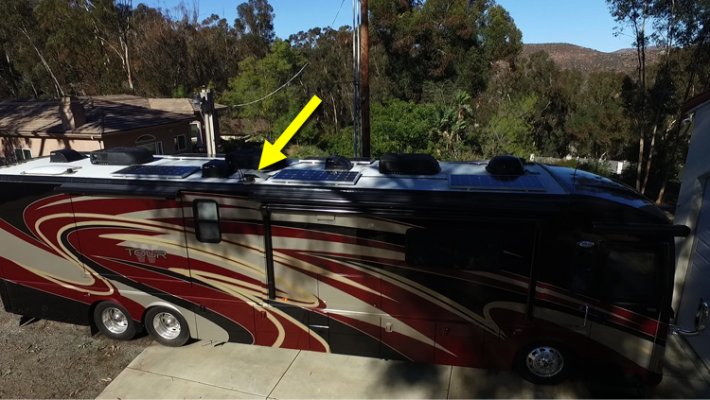The forum on Arizona wind and sun is a great place to learn about solar installations. I can tell you what works for us, but every situation is not the same/ You need to do an energy audit to find out how much power you use in a day. Average it out over at least a week.
I installed 4 125 watt panels, 4 225 amp/hour6 volt batteries, a MPPT charger and a 2000 watt inverter. With this system, we can stay off the grid indefinitely , as far as power goes. We can use our laptops, watch TV with a satellite antenna and the normal lights and water pump. It will power the microwave for reheats (under 5 minutes.) It will not run the AC.
Unless you are going to spend most of your time off the grid, 75% or more, solar power would not be cost effective. Just get a good generator.

